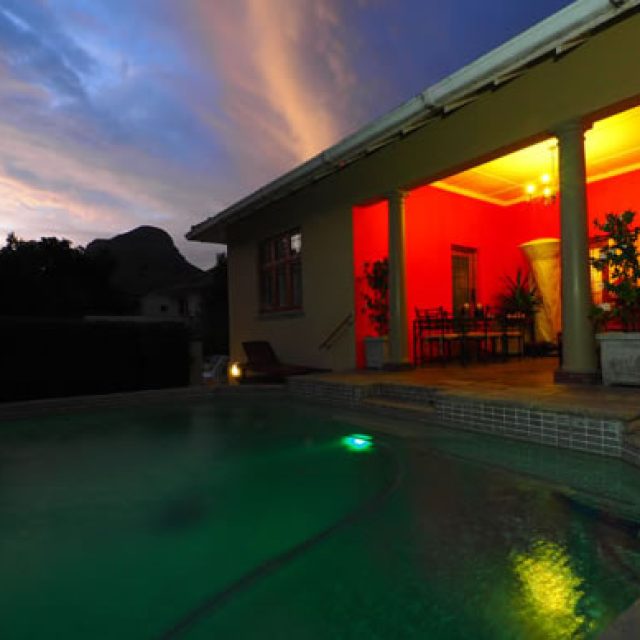About Oranjezicht
Oranjezicht is a suburb of Cape Town, built on the site of the old Oranjezicht farm which supplied the Castle of Good Hope with fresh fruit and vegetables, and used to stretch at least as far as the Mount Nelson Hotel. Oranjezicht is situated in a sought after area on the foothills of Table Mountain, just above Kloof Street with Buitekant Street separating it from Vredehoek. This stylish suburb is popular with the arty and trendy.
Although from afar, the homes in Oranjezicht appear to lie relatively low on the foothills of Table Mountain, it is quite a climb to reach parts of this suburb in Cape Town. Apartments in Oranjezicht are popular with students from the Cape Technikon. The suburb is also close to Gardens Centre, making shopping possible within walking distance. Kloof Street, with its vibey restaurant and café culture, is also within walking distance. The Cape Town City Centre is only five minutes drive from Oranjezicht. The Oranjezicht City Farm is a community project,
The origins of Oranjezicht dates back to 1708 when Nicolaus Laubscher bought a property on the slopes of Table Mountain that he called “Oranjezicht” because of the good view from there of the Oranje (Orange) bastion of the Castle. Subsequent to his death, the farm was evidently acquired by Pieter van Breda (1696–1759), who arrived at the Cape in 1719 from the Netherlands. “Oranjezicht” was a farm for the next two centuries. Some of the buildings of the farm as well as the old slave bell are still at the location where the farm once stood. The farmhouse was on the property directly to the east of what is now a public park and playground. It was torn down in the 1960s to make way for a bowling green, which was replaced in 2013 by the Oranjezicht City Farm, a community farm providing fresh local food in Cape Town. The farm also provides education about how to make a success out of urban farming.
The Molteno Dam was built in 1877 in Oranjezicht, to provide water for Cape Town by storing natural spring water from Table Mountain. At the time it was located on the mountain slopes above the city, but the city grew around it and it is now in the middle of the Oranjezicht suburbs. It is still in operation today. The Graaff Electric Lighting Works, commissioned in 1895, is located next to the Molteno Dam and was Cape Town’s first municipal electrical power plant and the second power plant in South Africa.
Members of the Breda family continued to live in Oranjezicht well into the 20th century, but gradually more and more land was sold until ultimately there was little left except the double-storey house in Sidmouth Ave. Its interior was a veritable museum, since the van Bredas brought lovely furniture, silverware and art treasures from Europe to their home. The house was eventually also purchased by the City Council in 1947, supposedly to be turned into a civic museum. That never happened and the antiques were auctioned off. At one stage it became the residence of the conductor of the Cape Town Municipal Orchestra. In 1955 the homestead was demolished to make way for a sports club and lawns. The area today is an upmarket suburb in Cape Town; many of the buildings in the suburb still display the beautiful Victorian style architecture.
Other Cities in the Cape City Bowl: Bo-Kaap, Cape Town City Centre, Century City, De Waterkant, Foreshore, Gardens, Higgovale, Salt River, Tamboerskloof, University Estate, Vredehoek, Woodstock





